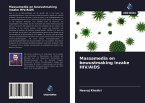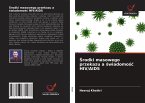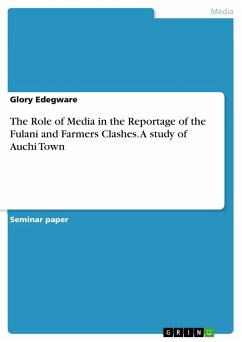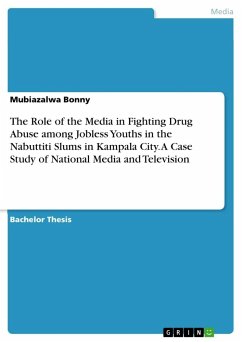Master's Thesis from the year 2022 in the subject Communications - Mass Media, Universiti Sains Malaysia (Mass Communication), course: Communication, language: English, abstract: This study aims to explore the predictive role of social media use on public preventive behaviours and how the disease knowledge and eHealth literacy moderates the relationship between social media use and preventive behaviours on HIV/ AIDS in Malaysia contexts. Specifically, it appraises the effect of social media tools via the mass media on the HIV and AIDS in Malaysia. The secondary goal is assessing the perceived advantages and limitations of utilizing social networking for HIV and AIDS communication. To think about how to use social networking for health-related communication, and more particularly HIV/AIDS communication, advertising practitioners have to note which factors contribute to which elements and effective communication hinder communication. The first cases of HIV in Malaysia were reported in 1986, and there was a sharp increase in 10 cases by 1990. After scientists introduced three combinations of Antiretroviral (ART) treatments in 1995, there was a decrease in the HIV cases. In 2018, the rate of new HIV cases in Malaysia was 10 cases per 100,000 population. Of these cases, a total of 47 patients involved individuals under the age of 18. No treatment can eliminate the virus as a whole, but HIV can be prevented or given early treatment before the onset of AIDS. So, early detection and safety precaution to avoid being infected by the disease is essential. Social media has essentially changed how people communicate and share information, and health communication has indeed been immune to this information revolution. With the advent of Facebook, people, without having to meet, can interact with each other. Nowadays, many new media facilities such as the internet, smartphones, and others have given society a new dimension in understanding HIV / AIDS and its actions. There is very little research on public awareness of HIV / AIDS and the role played by social media in dealing with this disease.








